You probably already know kale is good for you. Maybe you’ve heard spinach is rich in iron or that broccoli has cancer-fighting compounds. But what about the vegetables that aren’t plastered across every “superfood” list? The humble ones you pass by in the produce aisle without a second glance? Those unsung veggies might just be the quiet heroes of your next health breakthrough—and you’ve likely been underestimating their potential for years.
Nutritionists are now calling attention to a crop of vegetables that deliver more than meets the eye. We’re talking about leafy greens, crunchy stalks, and root veggies that don’t get nearly enough credit—but are bursting with fiber, essential vitamins, and antioxidant power. These aren’t the trendy, Instagram-famous foods. They’re the everyday, workhorse vegetables that have quietly supported longevity, digestion, immune function, and even heart health in cultures around the globe.
What sets these veggies apart isn’t just their nutrient profile—it’s how effortlessly they slip into meals you already enjoy. Whether tossed into soups, blended into smoothies, or simply roasted with olive oil and sea salt, these underrated picks make it easy to eat smarter without overthinking your plate.
In this guide, we’re spotlighting 16 vegetables that nutrition experts say are total game-changers. Some are familiar, others may be flying under your radar entirely. But all are worth a second look—and a regular spot on your grocery list. Think of this as your invitation to rediscover the power of plant-based eating, one overlooked veggie at a time. Ready to level up your nutrition without spending a fortune or following a fad? These 16 vegetables might just be the delicious, nutrient-dense reset your body’s been waiting for. Let’s dig in.
1. Watercress
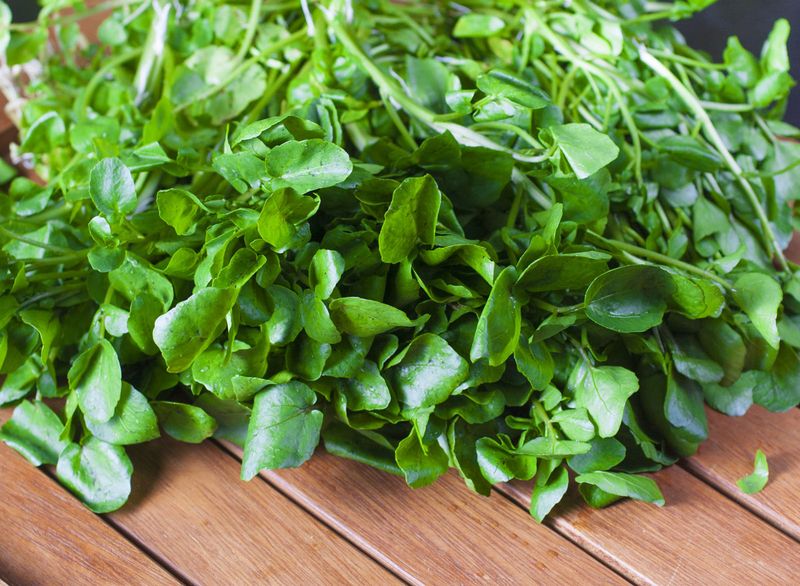
Those tiny green leaves might not look impressive, but watercress packs a serious nutritional punch. Topping the CDC’s nutrient-density chart, this peppery green outranks kale and spinach!
A single cup delivers over 100% of your daily vitamin K needs, plus significant amounts of vitamins A and C. Watercress contains more calcium than milk, ounce for ounce.
Try adding it to sandwiches, blending into smoothies, or using as a garnish. Its slightly spicy flavor adds character to dishes while flooding your body with disease-fighting antioxidants.
2. Spinach
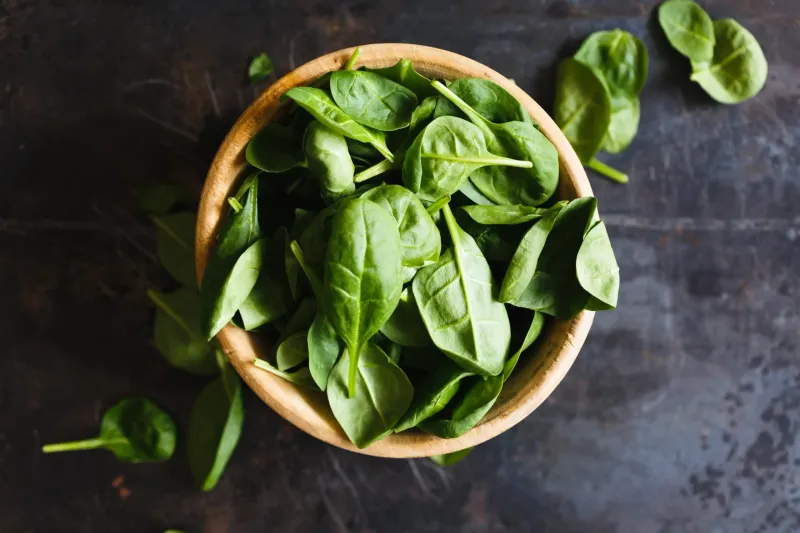
Remember Popeye’s favorite food? He was onto something big! This dark leafy green contains an impressive array of nutrients that support everything from eye health to muscle recovery.
Beyond its famous iron content, spinach delivers folate for cell growth, magnesium for energy production, and lutein that protects vision. A single cup of cooked spinach provides more than half your daily vitamin A needs.
Versatility makes spinach a kitchen star – toss it in smoothies, sauté as a side, or use as a salad base. Your body will thank you for the nutrition boost!
3. Swiss Chard
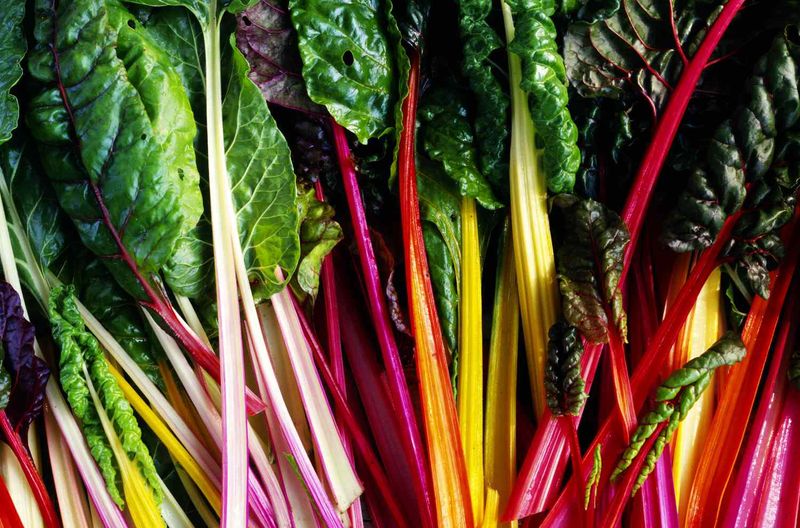
With stems that shine in yellow, red, and purple, Swiss chard brings both beauty and nutrition to your plate. Don’t let its stunning appearance fool you – this vegetable is a serious nutritional heavyweight.
Each colorful stalk and leaf contains exceptional amounts of vitamins A, C, and K, plus minerals like potassium and magnesium. Just one cup provides over 700% of your daily vitamin K needs!
The slightly bitter leaves become mild when cooked. Try sautéing the stems first, then adding the leaves. Your heart, bones, and immune system will benefit from this vibrant veggie.
4. Beet Greens
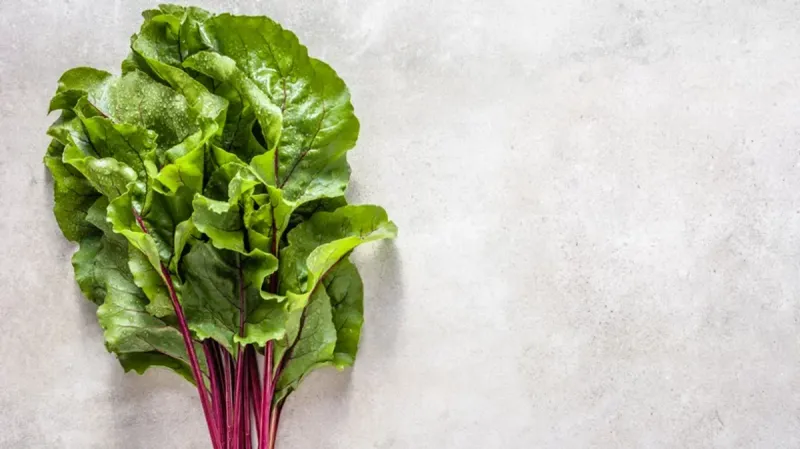
Most people toss these leafy tops straight into the trash – what a mistake! Beet greens actually contain more nutrients than the roots themselves.
These overlooked leaves pack more vitamin K than kale and more vitamin A than carrots. They’re also loaded with vitamin C, calcium, and iron, making them excellent for bone health and immune function.
Their mild flavor works well in stir-fries, soups, or sautéed with garlic and olive oil. Next time you buy beets with the greens attached, you’re essentially getting two vegetables for the price of one!
5. Kale
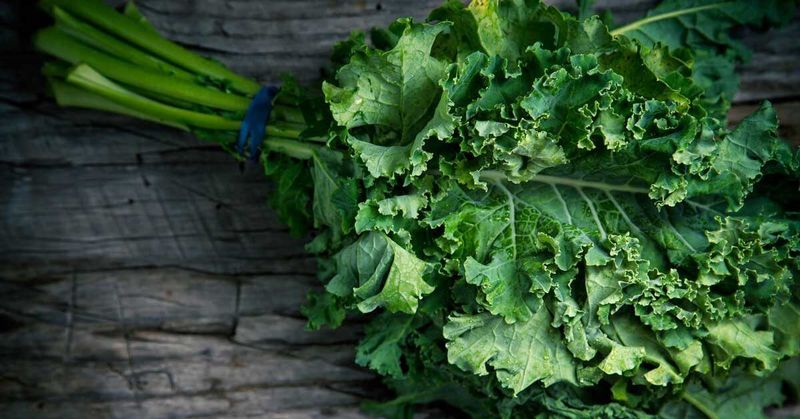
This leafy powerhouse earned its superfood status honestly. One cup of raw kale contains more vitamin C than an orange and more calcium than milk! Its curly or flat leaves offer different textures but similar nutrition.
Beyond vitamins A, C, and K, kale provides quercetin and kaempferol – antioxidants linked to heart health and cancer prevention. It also contains compounds that help your body detoxify naturally.
Massage raw kale with olive oil to break down its tough fibers, or add to soups and stews. For a crispy treat, bake kale chips with a sprinkle of sea salt and nutritional yeast.
6. Bok Choy
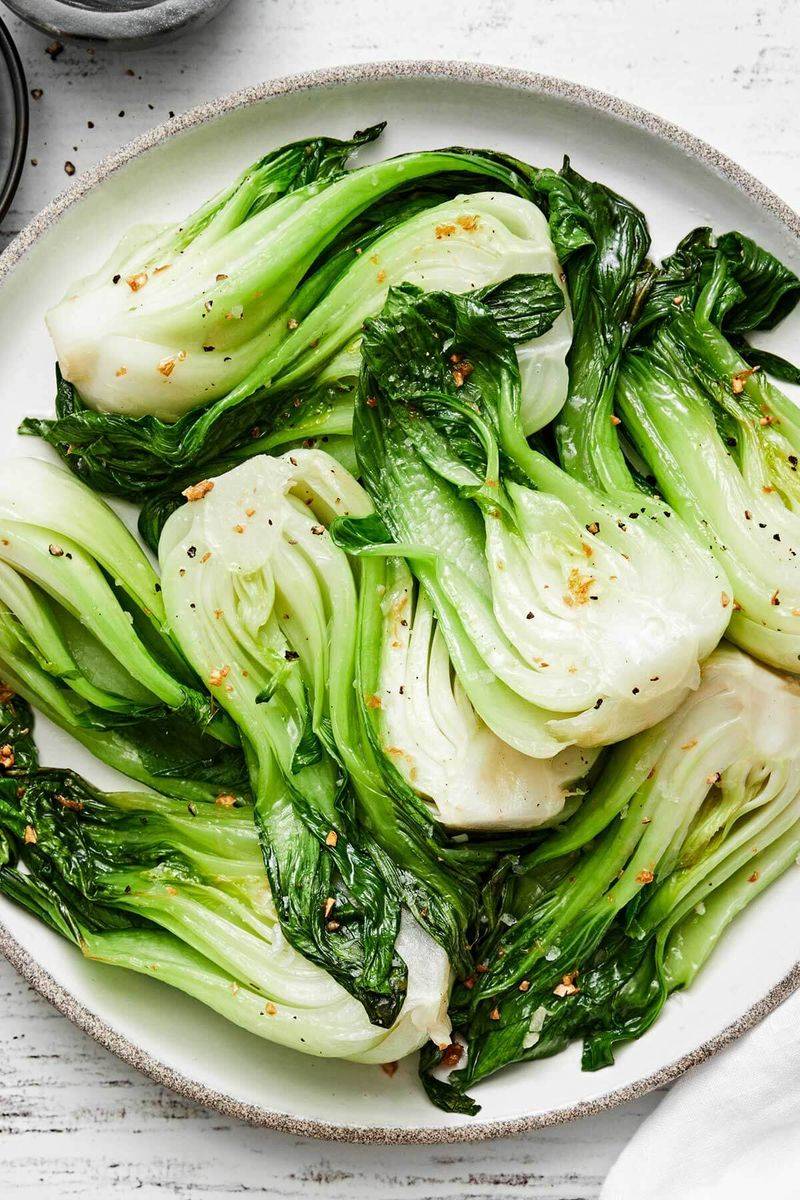
This Chinese cabbage variety might look unassuming, but nutritionists rave about its exceptional health benefits. With crisp white stalks and dark leafy greens, bok choy delivers two textures and nutrient profiles in one vegetable.
A cup of bok choy provides half your daily vitamin C needs while offering impressive amounts of calcium and folate. Its unique compounds may help reduce inflammation and protect against certain cancers.
Quick-cooking and mild-flavored, bok choy works beautifully in stir-fries or steamed with ginger and garlic. The entire plant is edible – from leafy tops to crunchy bottoms!
7. Broccoli

Mom was right when she told you to eat your broccoli! These mini tree-like florets are nutritional giants, offering more vitamin C than oranges and impressive amounts of fiber for gut health.
Broccoli contains sulforaphane, a powerful compound studied for its potential to fight cancer and support detoxification. It also provides vitamin K for bone health and folate for cell growth.
For maximum nutrition, try light steaming rather than boiling. Add to pasta, stir-fries, or roast with olive oil until the edges get slightly crispy. Your body will thank you for making this versatile veggie a regular on your plate!
8. Brussels Sprouts
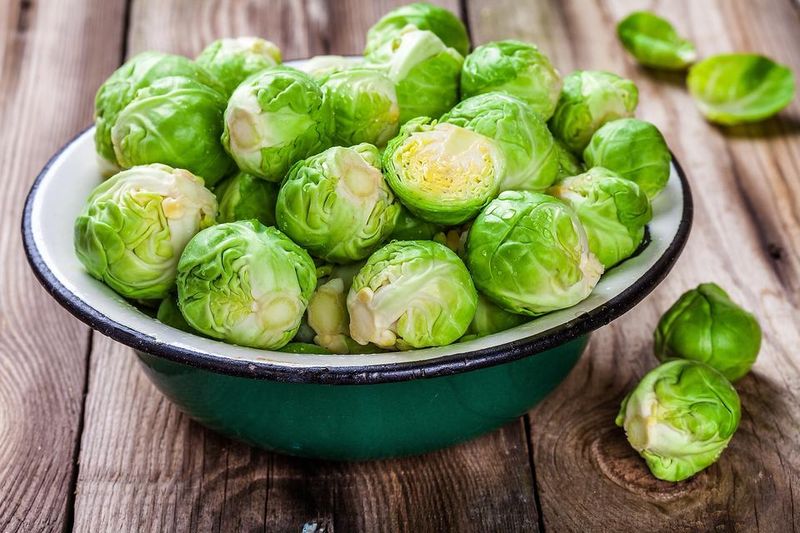
Once the vegetable kids loved to hate, Brussels sprouts have made a culinary comeback – and nutritionists couldn’t be happier! These mini-cabbages pack incredible nutrition into their small size.
A single cup provides over 100% of your daily vitamin K needs and nearly all your vitamin C requirement. They’re also rich in fiber that feeds beneficial gut bacteria and supports digestive health.
Roasting Brussels sprouts brings out their natural sweetness and creates crispy outer leaves. Try them halved and roasted with balsamic vinegar, or shredded raw in salads for a nutritious crunch!
9. Red Cabbage

That vibrant purple color isn’t just for show – it signals the presence of anthocyanins, powerful antioxidants that fight inflammation and protect your cells. Red cabbage offers more vitamin C than oranges at a fraction of the cost!
Beyond vitamins C and K, this affordable veggie provides gut-friendly fiber and compounds that may help lower cholesterol. Its vibrant color actually intensifies when cooked with acidic ingredients like vinegar or lemon juice.
Try it raw in slaws and salads, fermented as sauerkraut, or sautéed with apples for a sweet-tart side dish. This budget-friendly superfood proves great nutrition doesn’t have to be expensive!
10. Garlic
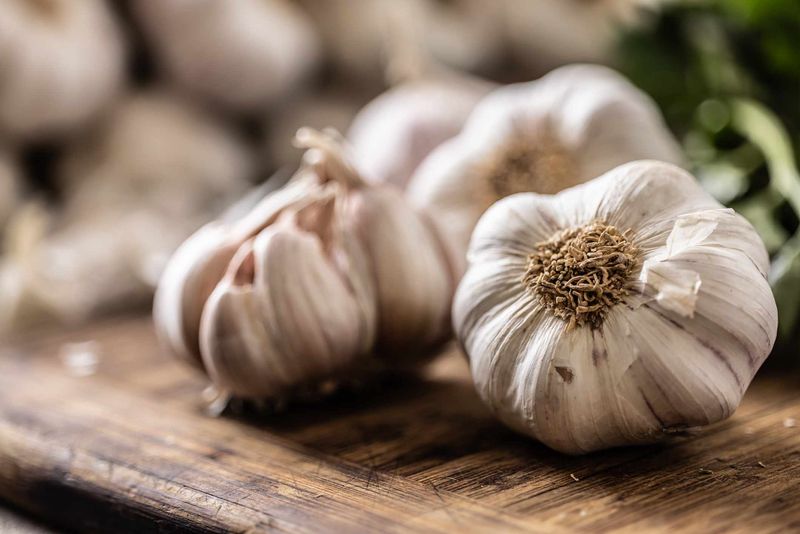
Small but mighty, garlic has been used as both food and medicine for thousands of years. Its magic comes from allicin, a compound released when garlic is crushed or chopped that supports heart health and immune function.
Beyond flavor, garlic provides manganese, vitamin B6, and selenium – minerals many people don’t get enough of. Studies suggest regular garlic consumption may help lower blood pressure and cholesterol levels.
For maximum health benefits, crush garlic and let it sit for 10 minutes before cooking. This allows the beneficial compounds to develop fully. Add it to nearly any savory dish for both flavor and health!
11. Asparagus
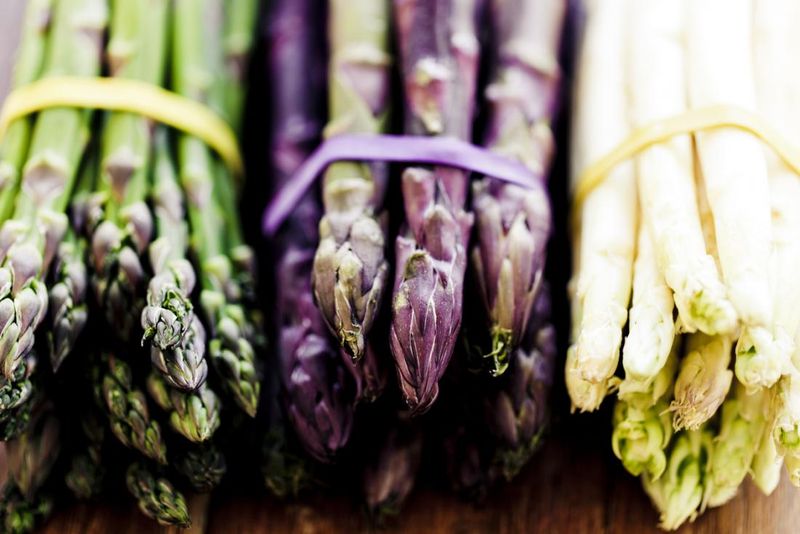
These elegant green spears signal spring’s arrival and bring impressive nutrition to your plate. Asparagus ranks among the most nutrient-dense vegetables available, yet many people only enjoy it occasionally.
Rich in folate for cell growth, asparagus also provides vitamins A, C, and K. Its high inulin content feeds beneficial gut bacteria, supporting digestive health and immunity.
Quick-cooking asparagus works wonderfully grilled, roasted, or lightly steamed. Try it with lemon zest and a sprinkle of parmesan, or add to pasta dishes and salads. The natural compounds in asparagus may even help prevent hangovers!
12. Beets
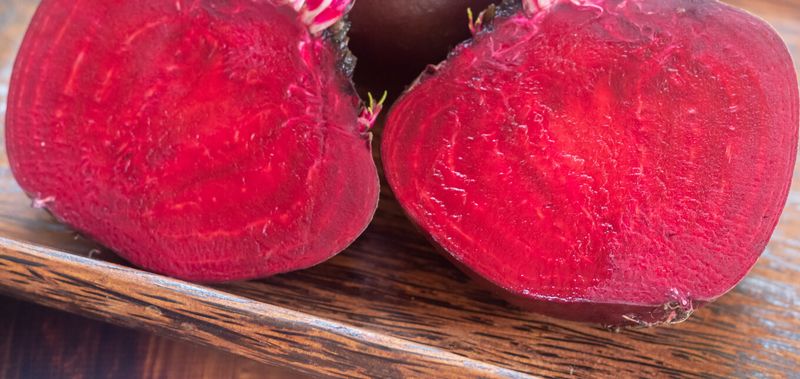
With their deep red color and earthy flavor, beets offer unique nutrition that supports everything from brain health to athletic performance. Their rich pigment contains betalains – powerful antioxidants not found in most other vegetables.
Beets naturally contain nitrates that may improve blood flow and lower blood pressure. They’re also packed with folate for cell growth and manganese for bone health.
Roast beets to intensify their sweetness, grate them raw into salads, or blend into smoothies. Athletes often drink beet juice before workouts for its potential stamina-boosting effects. From root to leaf, this vegetable is a nutritional champion!
13. Sweet Potatoes
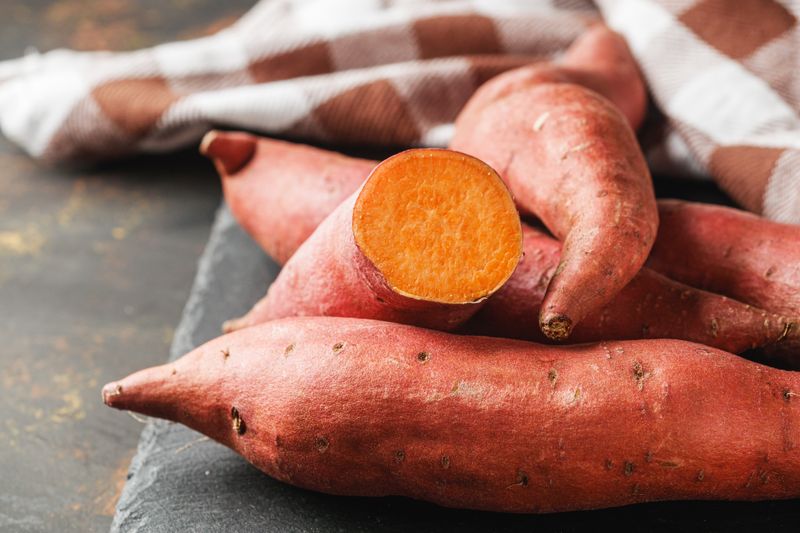
That vibrant orange flesh signals an abundance of beta-carotene, which your body converts to vitamin A for eye health and immune function. A medium sweet potato provides over 400% of your daily vitamin A needs!
Beyond their impressive vitamin content, sweet potatoes offer blood sugar-stabilizing fiber and potassium for healthy blood pressure. They also contain unique proteins with antioxidant properties.
Versatile sweet potatoes can be baked, mashed, roasted, or even added to smoothies and baked goods. Their natural sweetness pairs beautifully with both savory spices like cumin and sweet flavors like cinnamon.
14. Carrots
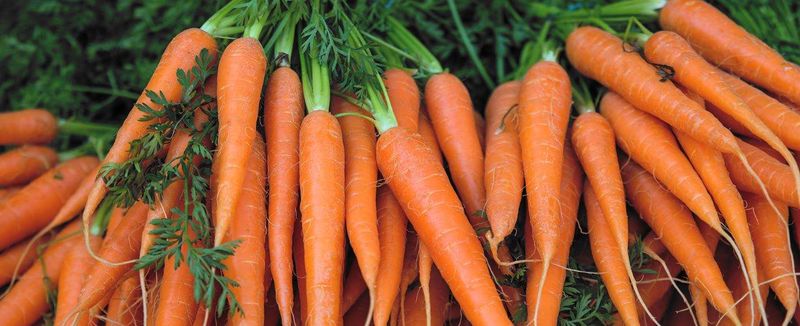
Carrots deserve credit beyond the “good for your eyes” reputation. While they do provide exceptional amounts of vision-supporting beta-carotene, these crunchy roots offer much more.
Rich in biotin for healthy hair and skin, carrots also contain unique fiber compounds that support gut health. Their antioxidant content may help reduce cancer risk and slow cellular aging.
Enjoy carrots raw for maximum crunch, roasted for natural sweetness, or blended into soups for velvety texture. The carrot’s versatility extends to color – look for purple, red, or yellow varieties that offer slightly different nutrient profiles than the familiar orange!
15. Green Peas
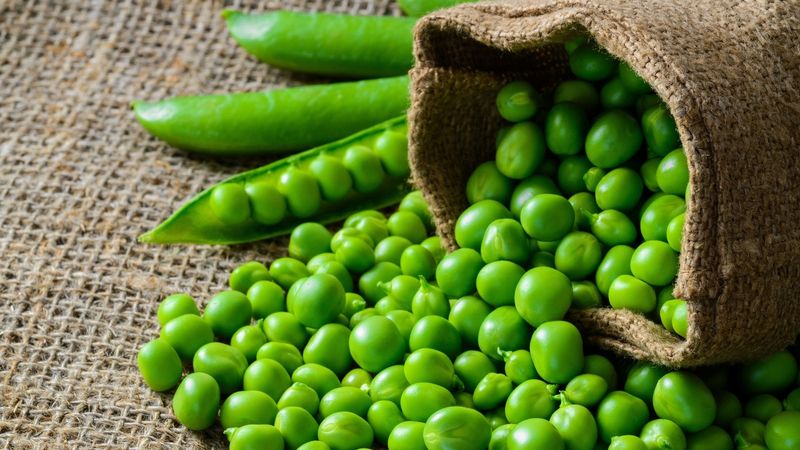
Often overlooked as a freezer staple, green peas deserve recognition as nutrition powerhouses. Unlike most vegetables, peas offer significant plant protein – about 8 grams per cup – making them valuable for vegetarian diets.
These sweet green gems provide vitamin K for bone health and B-vitamins for energy production. Their fiber content includes both soluble and insoluble types, supporting heart and digestive health.
Fresh peas in spring are delicious barely cooked, while frozen peas maintain nutrition year-round. Add to pasta, risotto, or soups, or mash with herbs for a simple side dish. These versatile little spheres deserve more attention!
16. Arugula
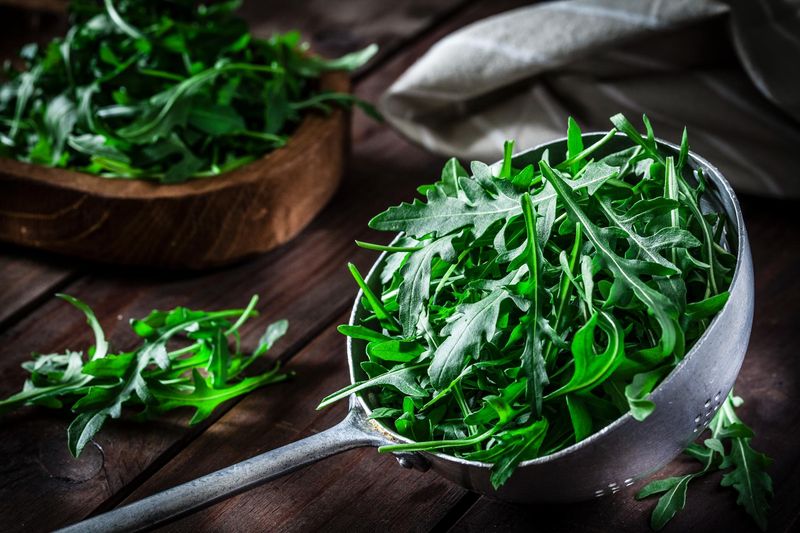
With its distinctive peppery kick, arugula brings both flavor and nutrition to your plate. Ancient Romans valued this leafy green for its aphrodisiac properties, while modern nutritionists praise its exceptional nutrient density.
Despite being extremely low in calories, arugula provides impressive amounts of vitamins A, C, and K, plus calcium for bone health. Its unique compounds support detoxification and may help protect against certain cancers.
Try arugula as a salad base, wilted onto pizza just after baking, or blended into pesto. Its bold flavor pairs beautifully with sweet elements like fruit or balsamic vinegar, creating balanced, nutritious dishes.
Leave a comment